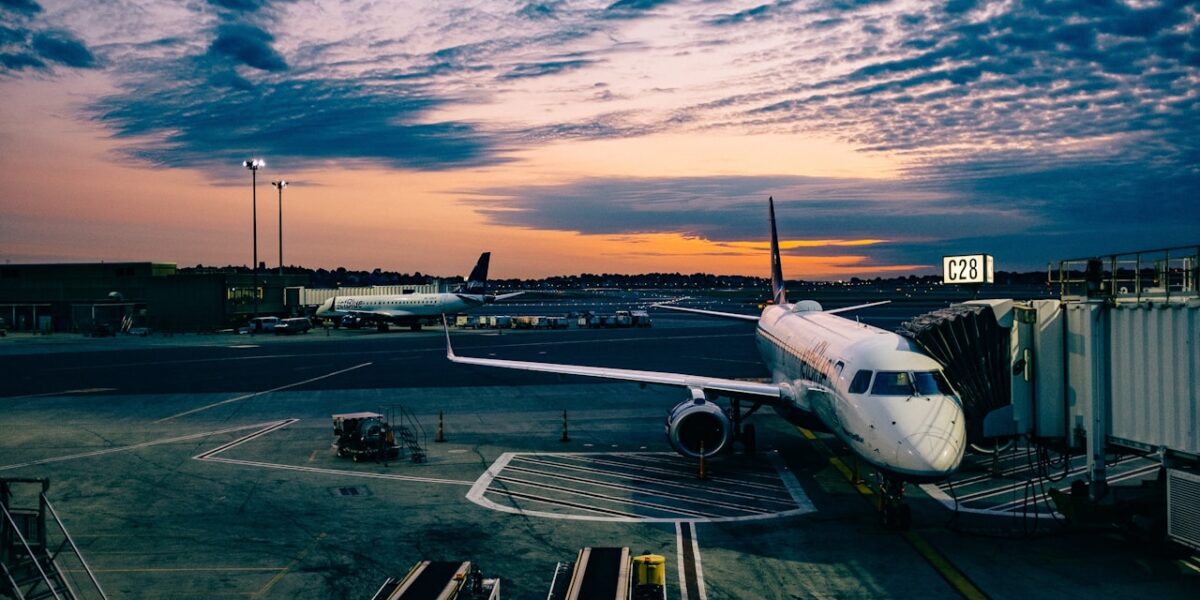Aviation Fuel Prices
Aviation Fuel Prices
Aviation fuel is a vital component of the airline industry. It serves as the lifeblood that powers aircraft around the globe. This critical resource influences airline operations, ticket prices, and the broader economy. Understanding how aviation fuel prices fluctuate and impact the industry provides insight into a complex but fascinating subject.

Types of Aviation Fuel
Aviation fuel comes in several varieties, primarily Avgas (aviation gasoline) and Jet Fuel. Avgas is used in small piston-engine aircraft, whereas Jet Fuel caters to turbine-engine aircraft like jets and turboprops. Jet Fuel, particularly Jet-A and Jet-A1, is the most common type used in commercial aviation.
Factors Influencing Aviation Fuel Prices
Multiple elements drive aviation fuel prices. These factors include crude oil prices, refinery operations, geopolitical events, seasonal demand, and environmental regulations.
Crude Oil Prices
The price of crude oil is the primary driver of aviation fuel costs. As crude oil constitutes the raw material for aviation fuel, fluctuations in its price directly impact the cost of refined aviation fuel. Economic cycles, political stability in oil-producing regions, and global demand-supply dynamics influence crude oil prices.
Refinery Operations
Refineries convert crude oil into usable aviation fuel. The cost associated with refinery operations, including maintenance and technology investments, contributes to the final price of aviation fuel. Additionally, disruptions in refinery operations, such as those caused by natural disasters or technical failures, can lead to temporary fuel price spikes.
Geopolitical Events
Geopolitical events, such as conflicts, trade disputes, and sanctions, can disrupt the supply of crude oil and, by extension, aviation fuel. Tensions in major oil-producing regions often lead to supply uncertainties, causing price volatility. For instance, sanctions impacting major oil exporters can lead to reduced supply in the global market, driving prices up.
Seasonal Demand
Demand for aviation fuel often exhibits seasonal patterns. Peak travel seasons, such as summer holidays and winter holidays, typically see an increase in air travel, boosting demand for fuel. Conversely, demand might dip during off-peak seasons, which can temporarily lower prices. Refineries often adjust their production schedules according to these patterns to optimize supply.
Environmental Regulations
Environmental regulations play a role in aviation fuel pricing. Restrictions on emissions and pollution have led to the development of alternative fuels and additives that comply with stricter environmental standards. These alternatives often come at a higher cost, which is then reflected in the overall fuel price.
Impact on Airlines
Fuel costs represent a significant portion of an airline’s operating expenses, often ranging from 20% to 30%. Thus, fluctuations in aviation fuel prices can have a dramatic impact on airline profitability.
Operational Costs
As fuel prices rise, airlines experience increased operational expenses. To manage these costs, airlines may take several measures, such as improving fuel efficiency, adjusting flight routes, reducing weight, or passing the increased costs to consumers through higher ticket prices.
Fuel Hedging
Many airlines use fuel hedging as a strategy to manage price volatility. By entering into financial contracts that lock in fuel prices for future dates, airlines can shield themselves from sudden price spikes. While fuel hedging can offer stability, it also carries risks if market prices drop significantly below the hedged rates.
Airline Ticket Prices
Rising fuel costs often lead to higher ticket prices. Airlines might pass on the increased costs to passengers to maintain profitability. However, the extent to which airlines can raise ticket prices depends on market competition, consumer demand, and the price sensitivity of travelers.
Global Distribution of Aviation Fuel
The global distribution of aviation fuel is a complex network involving production, transportation, and storage. Major oil-producing regions include the Middle East, North America, and parts of Africa and Asia. These regions export crude oil to refineries worldwide, which then produce aviation fuel among other petroleum products.
Transportation
Aviation fuel is transported through pipelines, ships, and trucks. Pipelines are the most cost-effective means for large quantities, especially over long distances. Ships transport aviation fuel across oceans, while trucks are used for shorter distances, such as deliveries from refineries to airports.
Storage
Storage facilities at airports or nearby locations ensure a steady supply of aviation fuel. These facilities maintain large reserves to meet daily needs and buffer against supply disruptions. Storage tanks are monitored continuously to prevent contamination and ensure safety.
Environmental Impact and Alternatives
The environmental impact of traditional aviation fuel is significant due to greenhouse gas emissions. The aviation industry is exploring various alternatives to reduce its carbon footprint.
Sustainable Aviation Fuel (SAF)
Sustainable Aviation Fuel (SAF) is an alternative made from renewable resources like plant oils or waste products. SAF offers a lower carbon footprint compared to traditional jet fuel. The industry is investing in SAF to meet future environmental regulations and reduce dependency on fossil fuels.
Electric and Hybrid Aircraft
Electric and hybrid aircraft are another promising alternative. These aircraft use electric motors either solely or in combination with traditional engines. While still in the developmental phase, electric and hybrid aircraft could revolutionize short-haul flights with zero emissions.
Hydrogen Fuel
Hydrogen fuel is seen as a potential game-changer for aviation. Hydrogen-powered aircraft produce only water as a byproduct, making them environmentally friendly. However, challenges in hydrogen storage, production, and infrastructure need to be addressed before widespread adoption.
Future Trends in Aviation Fuel Prices
Several trends could shape the future of aviation fuel prices. Increased focus on sustainability, technological advancements, and shifts in global politics will all play a role.
Technological Advancements
Technological advancements in fuel-efficient engines, alternative fuels, and aircraft design will likely influence future fuel prices. Innovations that reduce fuel consumption can help stabilize prices by lowering overall demand.
Political and Economic Factors
Global political and economic factors will continue to drive the volatility of aviation fuel prices. Trade policies, international relations, and economic cycles are significant factors that could impact future prices.
Sustainability Initiatives
Sustainability initiatives will likely become more stringent, influencing both the demand for traditional aviation fuel and the development of alternatives. Governments and regulatory bodies are expected to push for greener operations, impacting how fuel is produced, distributed, and consumed.

